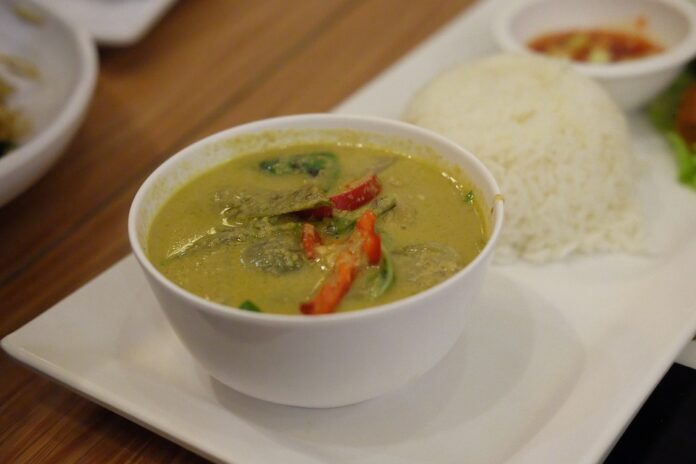The Evolution of Meal Kit Packaging for Freshness, Portion Control, and Efficiency
In recent years, the meal kit industry has seen significant growth as more people seek convenient and healthy food options. One key aspect that has evolved alongside this trend is meal kit packaging. Packaging plays a crucial role in ensuring the freshness of ingredients, providing portion control, and optimizing efficiency in the meal kit delivery process. This report will explore how meal kit packaging has evolved to meet these demands, with a focus on industry insights, financial data, and actual companies leading the way.
Freshness Preservation
One of the main challenges in meal kit packaging is maintaining the freshness of ingredients during transportation and storage. To address this issue, companies have been innovating with different packaging materials and designs. For example, some meal kit companies use insulated boxes and ice packs to keep perishable items like meat and dairy products cold during delivery. Others have adopted vacuum-sealed packaging to extend the shelf life of ingredients such as vegetables and grains.
According to industry data, the global meal kit packaging market is expected to reach $2.5 billion by 2025, with a compound annual growth rate of 10.5%. This growth is driven by consumers’ increasing demand for fresh and high-quality ingredients in their meal kits. Companies that invest in innovative packaging solutions to preserve freshness are likely to gain a competitive edge in the market.
Portion Control
Another important aspect of meal kit packaging is portion control. Many consumers choose meal kits as a convenient way to eat balanced meals without having to worry about overeating. To cater to this demand, companies have started offering pre-portioned ingredients in their meal kits. This not only helps customers manage their calorie intake but also reduces food waste.
Some meal kit companies have taken portion control a step further by introducing customized portion sizes based on individual dietary needs. For example, a customer can choose a meal kit with smaller portions for weight loss or larger portions for muscle gain. This level of personalization has resonated with consumers looking for tailored meal solutions.
In terms of financial data, companies that offer portion-controlled meal kits have seen an increase in revenue. According to a recent industry report, meal kit companies that provide portion-controlled options have experienced a 15% growth in sales compared to those that do not. This trend highlights the importance of catering to consumers’ specific dietary preferences through innovative packaging solutions.
Efficiency Optimization
Efficiency is another key factor in meal kit packaging, especially when it comes to the assembly and delivery process. Companies are constantly looking for ways to streamline their operations and reduce costs while maintaining the quality of their products. One strategy that has gained popularity is the use of standardized packaging formats that are easy to assemble and pack.
Some companies have also invested in automation technologies to speed up the packaging process. For example, robotic arms can quickly pick and pack ingredients into meal kit boxes, reducing the need for human labor. This not only improves efficiency but also ensures consistency in the packaging process.
From a financial perspective, companies that have optimized their packaging efficiency have seen a significant decrease in operational costs. By streamlining their processes and reducing waste, these companies have been able to improve their profit margins and stay competitive in the market.
Industry Insights and Leading Companies
Overall, the meal kit packaging industry is evolving to meet the changing demands of consumers for freshness, portion control, and efficiency. Leading companies such as Blue Apron, HelloFresh, and Sun Basket have been at the forefront of this evolution, investing in innovative packaging solutions to differentiate themselves in the market.
Blue Apron, for example, has introduced recyclable packaging materials to reduce its environmental impact. HelloFresh offers pre-portioned ingredients in its meal kits to help customers manage their portions effectively. Sun Basket focuses on organic and sustainably sourced ingredients, reflecting consumers’ growing interest in healthy and ethical food choices.
In conclusion, meal kit packaging continues to evolve to meet the demands of consumers for freshness, portion control, and efficiency. Companies that invest in innovative packaging solutions are likely to see growth and success in the competitive meal kit market. By leveraging industry insights and financial data, companies can stay ahead of the curve and provide customers with the convenience and quality they expect from meal kits.




